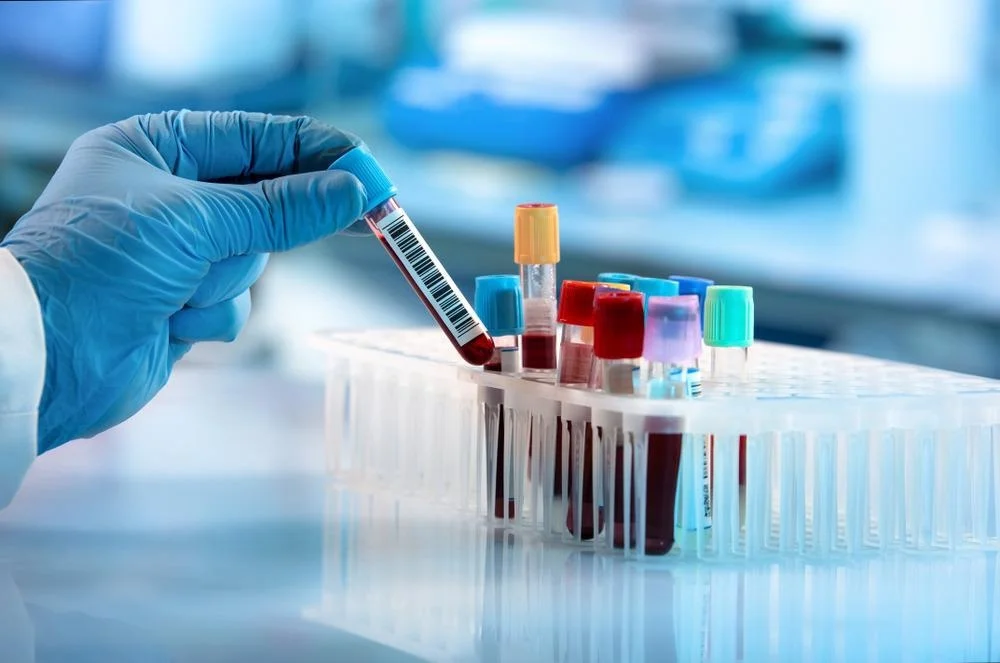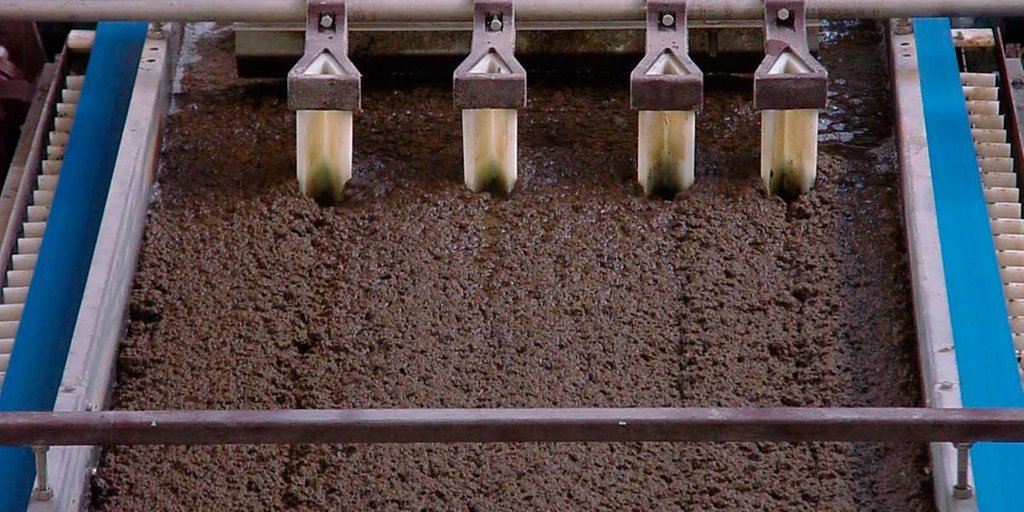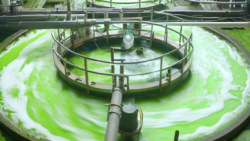Plasmonic Nanoparticle-Enhanced Water Treatment

Plasmonic Nanoparticle-Enhanced Water Treatment: Revolutionary Approaches and Future Prospects
Introduction
The quest for clean and safe drinking water is as ancient as civilization itself, and it persists as one of the most pressing challenges worldwide. With increasing population, industrialization, and climate change exacerbating water scarcity and contamination, innovative approaches to water treatment are essential. Among these, plasmonic nanoparticle-enhanced water treatment stands out as a cutting-edge technology that holds the promise of revolutionizing this critical field. This article delves deep into the science, applications, and future prospects of plasmonic nanoparticles in water treatment, exploring their potential to transform the way we purify water.
Understanding Plasmonic Nanoparticles
What Are Plasmonic Nanoparticles?
Plasmonic nanoparticles are a class of nanomaterials known for their unique optical properties, which arise from the interaction of light with their free electrons. When light hits these nanoparticles, it induces a collective oscillation of the electrons at the nanoparticle surface, known as surface plasmon resonance (SPR). This phenomenon results in strong absorption and scattering of light at specific wavelengths, which can be finely tuned by altering the size, shape, and composition of the nanoparticles.
Common materials for plasmonic nanoparticles include noble metals such as gold, silver, and, to a lesser extent, platinum. These materials are particularly effective due to their high electron density and ability to support plasmon oscillations. The size of these nanoparticles generally ranges from a few nanometers to a few hundred nanometers.
Mechanisms of Plasmonic Behavior
The plasmonic behavior of nanoparticles is predominantly governed by their ability to amplify electromagnetic fields at their surfaces. When incident light of a suitable wavelength strikes a plasmonic nanoparticle, it induces a resonance condition if the frequency of the light matches the natural frequency of the electron cloud oscillation around the nanoparticle. This not only enhances the local electromagnetic field but can also result in localized heating if the particle absorbs part of the incident light—a phenomenon known as plasmonic heating.
In addition to these optical properties, plasmonic nanoparticles can generate high-energy electrons and holes upon light absorption, facilitating various photochemical reactions. This is particularly useful in photocatalysis, a process widely applicable in environmental remediation, including water treatment.
Applications in Water Treatment
Photocatalytic Degradation of Contaminants
One of the most promising applications of plasmonic nanoparticles in water treatment is their use in photocatalysis. Plasmonic nanoparticles can enhance the efficiency of photocatalytic reactions used to degrade organic and inorganic contaminants in water.
Traditional photocatalysts, such as titanium dioxide (TiO2), are limited by their narrow absorption range, being efficient only under ultraviolet (UV) light. However, plasmonic nanoparticles can extend the absorption into the visible spectrum due to their SPR effect. When coupled with TiO2 or other photocatalytic materials, plasmonic nanoparticles increase the range of light that can be used, thereby enhancing the overall photocatalytic efficiency.
For instance, when plasmonic gold nanoparticles are combined with TiO2, the composite material can harness a broader spectrum of sunlight, generating electron-hole pairs more efficiently. These charge carriers then participate in redox reactions that degrade pollutants like dyes, pesticides, pharmaceuticals, and even pathogens, rendering water free of harmful substances.
Sensing and Detection of Contaminants
Another critical application of plasmonic nanoparticles in water treatment is their use in the sensing and detection of contaminants. The high surface area-to-volume ratio of nanoparticles, coupled with their tunable surface chemistry, makes them excellent candidates for detecting low concentrations of pollutants.
Surface-enhanced Raman scattering (SERS) is a prime example where plasmonic nanoparticles are employed to amplify the Raman signals of molecules adsorbed on their surfaces. This enables the detection of contaminants at extremely low concentrations, which is crucial for monitoring water quality and ensuring the removal of even trace levels of hazardous substances. Silver nanoparticles are particularly effective in SERS due to their strong plasmonic effects.
Disinfection and Antimicrobial Effects
In addition to degrading chemical contaminants, plasmonic nanoparticles have shown considerable potential in disinfection and antimicrobial applications. Silver nanoparticles, for instance, are well-known for their antimicrobial properties. When exposed to light, plasmonic silver nanoparticles generate reactive oxygen species (ROS) that can damage microbial cell membranes, DNA, and other critical cellular components, leading to the inactivation of bacteria, viruses, and other pathogens.
Gold and copper nanoparticles also exhibit antimicrobial properties when excited by light, though their efficiency varies depending on factors such as particle size, shape, and the specific pathogen targeted. The use of plasmonic nanoparticles for disinfection offers a chemical-free alternative to traditional methods like chlorination or UV radiation, which can produce harmful by-products or have limitations in terms of effectiveness.
Desalination and Membrane Enhancement
Desalination remains a vital technology for providing fresh water in arid regions, but it is energy-intensive and costly. Plasmonic nanoparticles have the potential to enhance the efficiency of desalination processes, particularly in membrane-based technologies like reverse osmosis (RO) and forward osmosis (FO).
Incorporating plasmonic nanoparticles into desalination membranes can improve their performance by reducing fouling—a major issue that decreases membrane efficiency and lifespan. The localized heating effect of plasmonic nanoparticles can help in breaking down and dislodging foulants such as biofilms and organic deposits on the membrane surface. Additionally, the photocatalytic properties of plasmonic nanoparticles can degrade organic compounds that contribute to fouling, further enhancing membrane longevity and efficiency.
Challenges and Considerations
While the potential of plasmonic nanoparticle-enhanced water treatment is immense, several challenges must be addressed to translate laboratory success into real-world applications.
Cost and Scalability
One significant challenge is the cost of producing plasmonic nanoparticles, especially those made from noble metals like gold and silver. These materials are expensive, and scaling up production while maintaining consistent quality and performance poses a hurdle. Research efforts are ongoing to find more cost-effective alternatives or to optimize the use of these materials to minimize costs.
Environmental and Health Impacts
The environmental and health impacts of plasmonic nanoparticles must be thoroughly understood before widespread deployment. While these nanoparticles offer numerous benefits, their small size and high reactivity could pose risks if they enter natural water bodies or the food chain. Ensuring that nanoparticles do not leach from the treatment systems into the environment and developing methods for their safe disposal or recycling are crucial steps in mitigating potential risks.
Stability and Durability
The stability and durability of plasmonic nanoparticles are critical for their long-term use in water treatment applications. Factors such as oxidation, agglomeration, and degradation under operational conditions can affect their performance. Developing robust coatings or composites that enhance the stability of plasmonic nanoparticles without compromising their efficacy is an area of active research.
Future Prospects and Innovations
Advancements in Nanofabrication
Advancements in nanofabrication techniques are expected to play a crucial role in overcoming some of the current challenges associated with plasmonic nanoparticle-enhanced water treatment. Techniques such as chemical vapor deposition (CVD), electrochemical deposition, and spray pyrolysis are being refined to produce nanoparticles with greater precision and consistency. In addition, bottom-up approaches like molecular self-assembly are being explored to create well-defined nanostructures with tailored properties.
Using these advanced fabrication techniques, researchers aim to develop plasmonic nanoparticles with enhanced stability, higher photocatalytic efficiency, and lower production costs. This, in turn, could accelerate the adoption of plasmonic nanomaterials in commercial water treatment systems.
Hybrid Materials and Composites
Developing hybrid materials and composites is another promising avenue for enhancing the performance of plasmonic nanoparticles in water treatment. By combining plasmonic nanoparticles with other functional materials, such as metal oxides, polymers, or carbon-based materials, it is possible to create synergistic effects that improve overall efficiency and durability.
For example, graphene oxide (GO) can be combined with plasmonic nanoparticles to create a composite with excellent mechanical strength, high surface area, and enhanced photocatalytic activity. Similarly, incorporating plasmonic nanoparticles into polymer matrices can provide flexible, lightweight, and durable materials suitable for various water treatment applications.
Smart and Responsive Systems
The development of smart and responsive water treatment systems represents an exciting frontier in the field. By integrating plasmonic nanoparticles with responsive materials or systems, it is possible to create advanced water treatment technologies that adjust their performance based on real-time conditions.
For instance, incorporating plasmonic nanoparticles into hydrogel-based membranes could enable tunable water permeability and fouling resistance. These smart membranes could respond to changes in pH, temperature, or light intensity, optimizing water treatment efficiency under varying operational conditions. Similarly, responsive plasmonic nanoparticle sensors could provide real-time monitoring of water quality, triggering automated adjustments in the treatment process as needed.
Sustainable and Green Chemistry Approaches
Sustainability is a key consideration in the development of plasmonic nanoparticle-enhanced water treatment technologies. Green chemistry approaches aim to minimize the environmental footprint of nanoparticle synthesis and application. Researchers are exploring eco-friendly methods for producing plasmonic nanoparticles, such as using plant extracts or biogenic routes to reduce the reliance on toxic chemicals and energy-intensive processes.
In addition, efforts are underway to design plasmonic nanoparticles from abundantly available and less expensive materials, such as copper or aluminum, instead of relying solely on noble metals. These approaches could significantly reduce the cost and environmental impact of plasmonic nanoparticle production.
Integration with Existing Infrastructures
To facilitate the widespread adoption of plasmonic nanoparticle-enhanced water treatment technologies, it is essential to develop solutions that can be seamlessly integrated with existing water treatment infrastructures. This involves designing modular systems and retrofittable components that can be easily incorporated into conventional water treatment plants or point-of-use devices.
Furthermore, collaborations between researchers, industry stakeholders, and policymakers are crucial to ensure that the regulatory frameworks, standards, and guidelines are in place to support the safe and effective implementation of plasmonic nanoparticle-based technologies.
Conclusion
Plasmonic nanoparticle-enhanced water treatment represents a transformative approach to addressing the global challenge of providing clean and safe drinking water. The unique optical, catalytic, and antimicrobial properties of plasmonic nanoparticles offer unprecedented opportunities for improving the efficiency and effectiveness of conventional water treatment processes.
Through advancements in nanofabrication, hybrid materials, smart systems, and sustainable approaches, the potential of plasmonic nanoparticles can be harnessed to create innovative solutions for contaminant degradation, disinfection, and desalination. However, addressing challenges related to cost, scalability, environmental impact, and stability is essential to realize this potential.
As research in this field continues to evolve, the integration of plasmonic nanoparticle-enhanced technologies into existing water treatment infrastructures will pave the way for a future where access to clean and safe water is no longer a privilege but a fundamental right for all.



